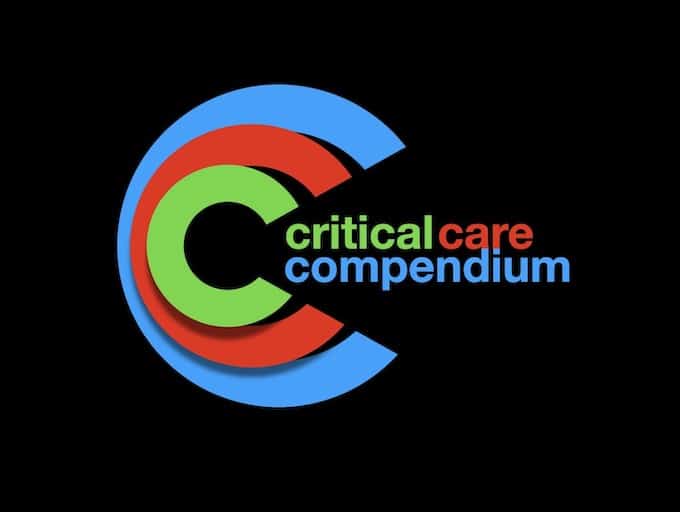
Cranial nerve lesions DDx
Differential diagnosis of cranial nerve lesions includes central and peripheral causes. Causes vary according to which cranial nerve is affected, and whether multiple cranial nerves are involved. See also

Differential diagnosis of cranial nerve lesions includes central and peripheral causes. Causes vary according to which cranial nerve is affected, and whether multiple cranial nerves are involved. See also

Diseases that affect the the peripheral nerves, either motor or sensory. Important subgroups for differential diagnosis are: predominately motor, painful peripheral neuropathies and mononeuritis multiplex

A radiculopathy is sensory or motor dysfunction resulting from pathology involving a spinal nerve root. Symptoms include weakness, burning, tingling, and ‘shooting’ pain in a nerve root distribution.

Seizures are the manifestation of abnormal hyperexcitable discharges of cortical neurons. 10 minutes of continuous seizure activity is now considered status epilepticus, which may result in neuronal damage. Seizures should be aggressively treated if they last longer than 5 minutes.

Parotid swelling or enlargement can be unilateral or bilateral, suggesting different underlying causes.

Floppy infants have globally decreased muscle tone, but can be either 'weak' or 'strong' corresponding to lower or upper motor neuron lesions respectively.

Intracranial Structures That Exhibit Contrast Enhancement. CT Head with contrast is usually performed to identify mass lesions or vascular abnormalities.

Exophthalmos is abnormal protrusion of the eyeball or eyeballs. Differential diagnosis

Differential diagnosis of eye trauma. Trauma can result in a range of injuries, both blunt and penetrating.

Differential diagnosis of the most important optic disc abnormalities: papilloedema, papillitis and optic atrophy

Red eye is a catch all term for the inflamed or injected external appearance of the eye, for which there are many causes.

Atelectasis is the fancy name for collapse affecting all or part of the lung. Causes include; intraluminal, mural and extramural